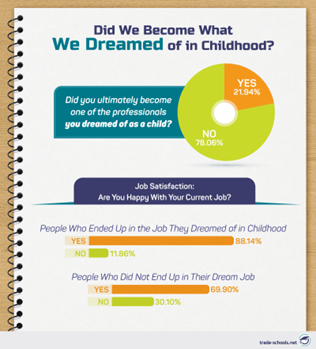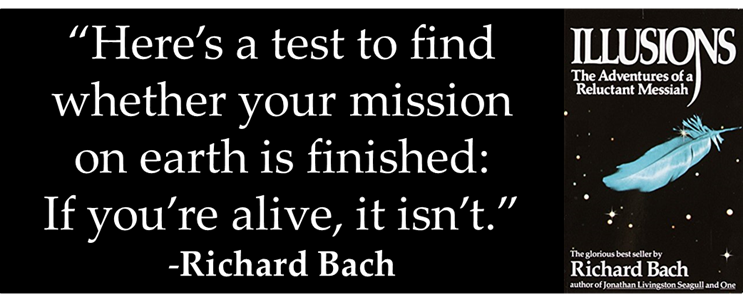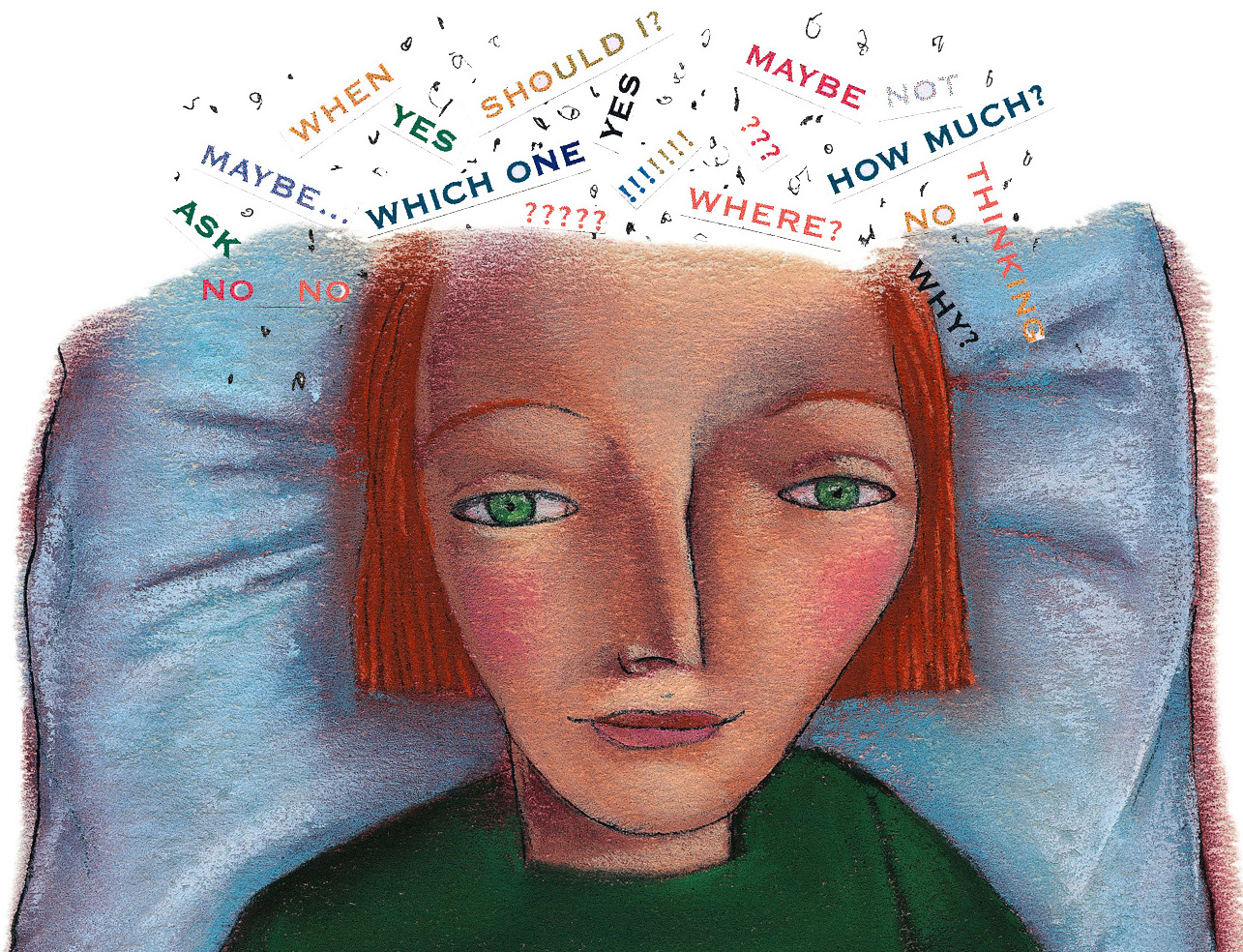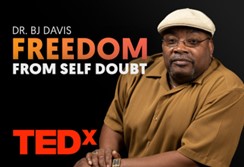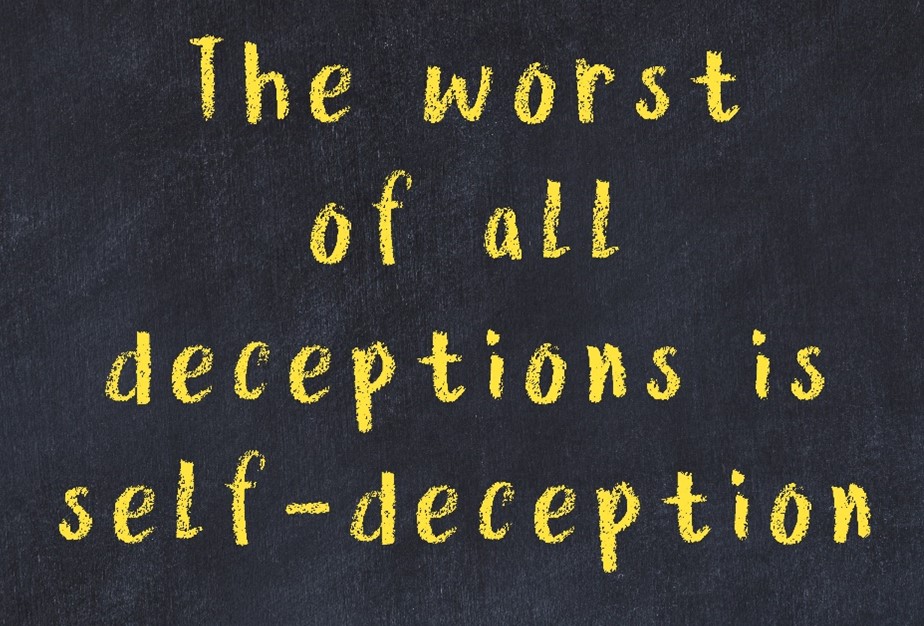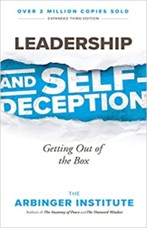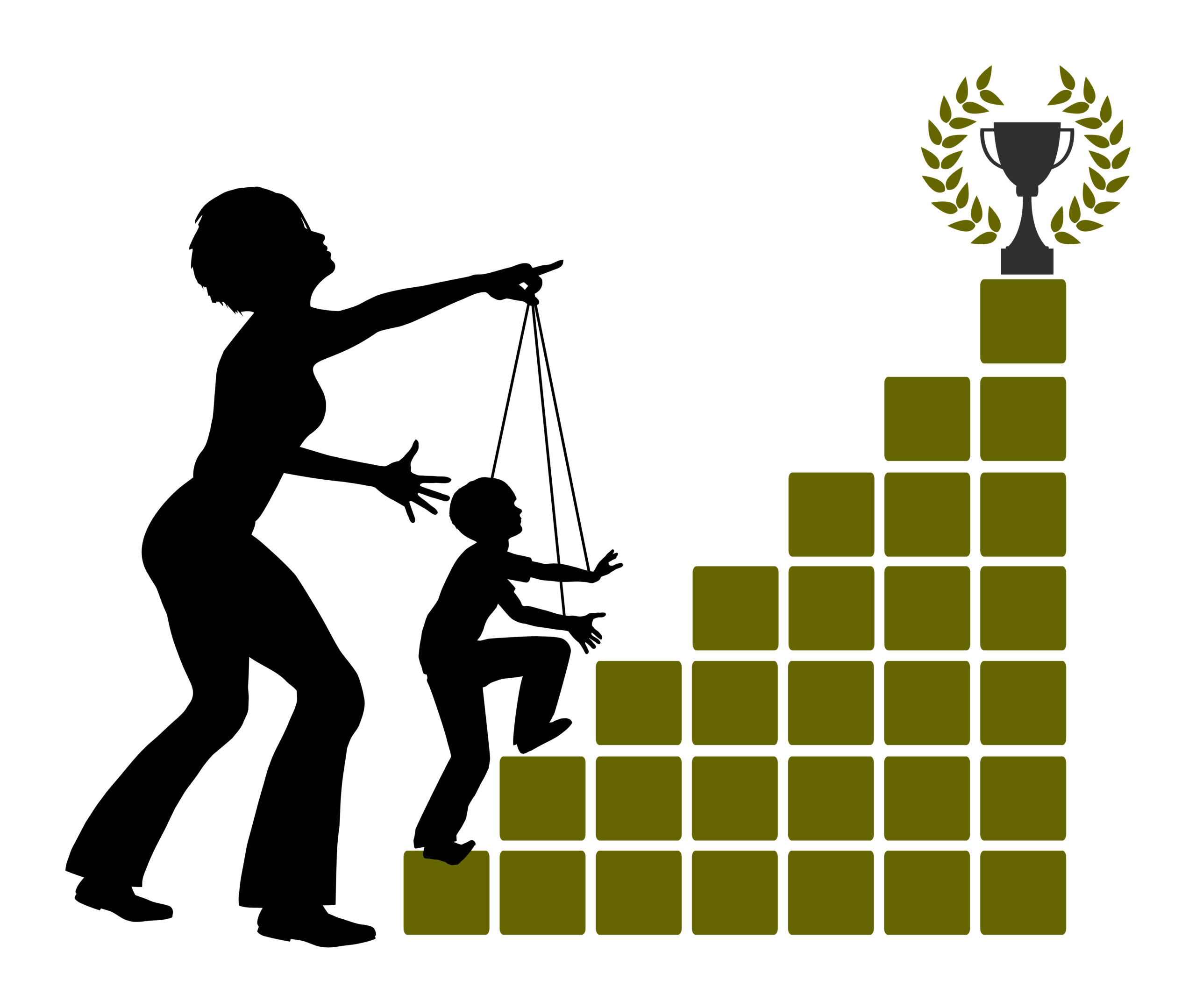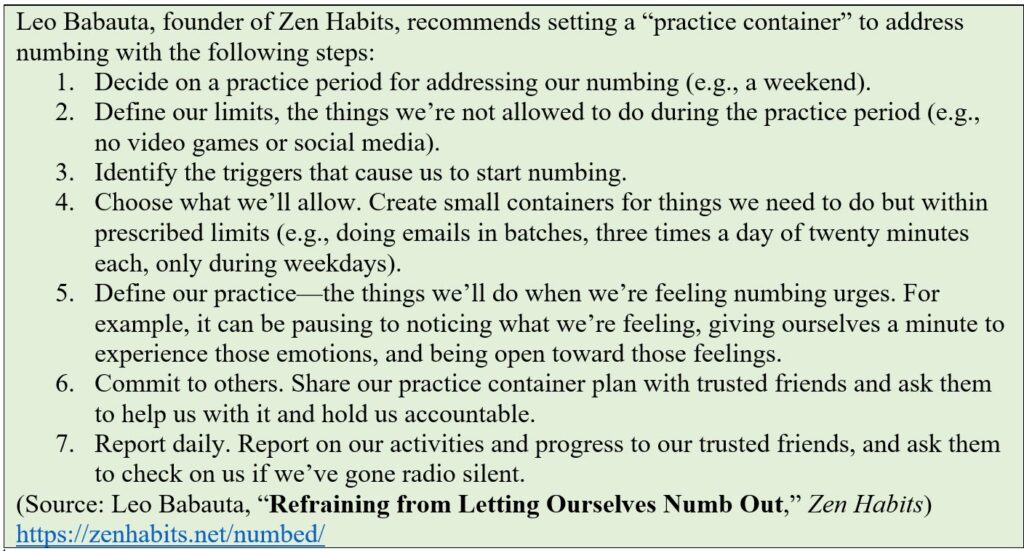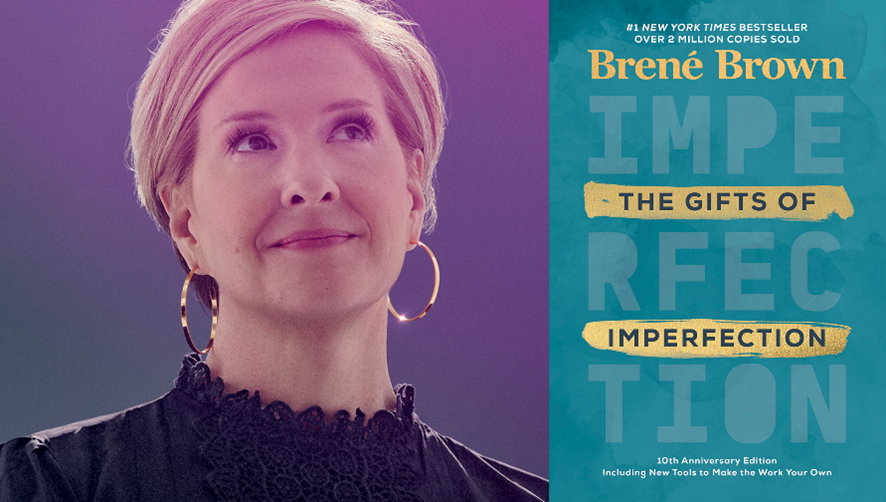With the way our brains work, it’s easy to take things for granted and not be grateful for what we have. We may appreciate things for a while but then start discounting them. The result is that we can go through long periods of our lives without noticing and acknowledging the good things.
When we fail to appreciate what we have, it can lead not only to less happiness but also potentially to self-absorption and a sense of entitlement. Meanwhile, we’re missing out on the incredible benefits of gratitude.
What Is Gratitude, Exactly?
Dr. Robert Emmons, Professor of Psychology at the University of California, Davis, and one of the world’s top experts on gratitude, defines it as follows:
“a felt sense of wonder, thankfulness, and appreciation for life.”
Jeremy Adam Smith, editor of Greater Good magazine, calls gratitude “the mental tool we use to remind ourselves of the good stuff.”
Gratitude is multifaceted and can include appreciation, being thankful for what we have, thanking people, counting our blessings, savoring things, and even contemplating abundance.
Its power is evident not only in hordes of modern scientific studies but also in centuries of shared wisdom. All the major religions—including Christianity, Islam, Hinduism, Buddhism, and Judaism—celebrate and encourage gratitude. Many of the great spiritual teachers have been powerful exemplars of walking through life with a grateful heart attuned to the wonders of the universe.
“If the only prayer you ever say in your whole life is ‘Thank you,’ that would suffice.”
-Meister Eckhart, German theologian and mystic
Gratitude isn’t about mindless optimism. Feeling grateful doesn’t make us naïve or willfully blind to the challenges we face or the traumas we’ve experienced. Dr. Emmons noted that even our national symbol of gratitude, Thanksgiving, occurred after nearly half the pilgrims died after a tough year with a harsh winter and scarce food.
Finally, being grateful doesn’t mean passively accepting everything as it is now. We can be grateful for what we have even while we’re working on overcoming obstacles and pursuing exciting opportunities.
“Learn to be thankful for what you already have, while you pursue all that you want.”
-Jim Rohn, entrepreneur and author
There’s also a difference between an automatic feeling of gratitude that we may experience from time to time and a proactive choice to be grateful for what we have as much as possible. In the latter case, it’s a choice, a mindset, and a perspective on life, not just something that occasionally washes over us and fades away. Dr. Emmons, for example, distinguishes between feeling grateful and being grateful.
Why We Struggle with Gratitude
Many of us have a lot to be grateful for, potentially including family, friends, health, freedom, safety, and more. Even just being alive.
Why do we take so many things for granted? Enter “hedonic adaptation,” our natural human tendency to become rapidly accustomed to changes in our circumstances and then settle into that new baseline as if nothing had occurred.
We start to take nice things—like a gentle breeze, spring flowers, the change of seasons, the smell of pine trees, a good job, a close friend—for granted. Our positive emotions can fade after a while, and we can start to feel entitled to things. Not good.
Meanwhile, with the way our brains are wired, we tend to focus on what we’re missing instead of appreciating what we have. Our evolutionary biology has given us a “negativity bias,” with positive things having less weight in our thoughts than negative ones.
The trap of ingratitude can also be aggravated by materialism, with an excessive focus on money and possessions, and entitlement. Other contributing factors include our tendency to be self-absorbed or even narcissistic sometimes, as well as our desire to be independent and self-reliant.
Part of the problem is failing to see how interconnected and mutually dependent we are. It’s easy to miss how unworkable our lives would be without schools, teachers, hospitals, doctors, nurses, police officers, firefighters, custodians, roads, bridges, soldiers, engineers, and more.
Cynicism and envy also inhibit gratitude, as does complaining.
“Entitlement and self-absorption are massive impediments to gratitude.”
-Dr. Robert Emmons, Professor of Psychology, University of California, Davis
The Benefits of Gratitude in Our Lives
Feeling gratitude has an astonishing number of benefits. According to researcher Sonja Lyubomirsky in her book, The How of Happiness, “The expression of gratitude is a kind of mega-strategy for achieving happiness.”
She and other researchers have found that gratitude can:
1. Magnify good feelings and improve our wellbeing, including greater happiness and life satisfaction. (In fact, it’s one of the most important contributors to our wellbeing.)
“If you want to find happiness, find gratitude.”
-Steve Maraboli, author
2. Lead to better mental and physical health (including better sleep, lower blood pressure, and a stronger immune system).
3. Bring us vitality and energy.
4. Expand our capacity for optimism.
5. Reduce anger, bitterness, self-centeredness, materialism, envy, and greed (all of which inhibit happiness). Gratitude tends to reduce our tendency to compare ourselves to others.
6. Lead to greater generosity, kindness, and helpfulness (what the researchers call “prosocial” behaviors), in part due to a desire to reciprocate, in the process reinforcing prosocial and moral behavior.
7. Help us form closer and better relationships with family and friends—and maintain those relationships over time. (It’s been described both as a “booster shot” for long-term relationships and as an “upward spiral,” since when we’re more tuned in to the value of our family and friends, we treat them better, in the process fortifying those bonds.)
8. Give us access to a wider social network, more friends, and greater social support—and make it less likely that we’re disconnected and lonely.
9. Have lasting positive effects on our brains, including an orientation toward enjoying it when other people thrive (a prosocial outlook).
10. Shift our attention away from negative emotions (like fault, lack, criticism, regret) and toward positive ones (like benefit, abundance, joy), making it harder for us to ruminate and dwell in negativity. This works because our minds can only focus on so many things at once: if we’re thinking about good things, we’re also crowding out the bad things.
11. Help us cope with and build resilience in the face of stress and traumatic events (including, according to the research, cancer diagnoses, campus shootings, natural disasters, and wars). Those who feel grateful regularly tend to experience fewer and less intense traumatic memories.
“In fact, it is precisely under crisis conditions when we have the most to gain by a grateful perspective on life.
In the face of demoralization, gratitude has the power to energize.
In the face of brokenness, gratitude has the power to heal.
In the face of despair, gratitude has the power to bring hope.
In other words, gratitude can help us cope with hard times.”
-Dr. Robert Emmons, Professor of Psychology, University of California, Davis
12. Help us be more forgiving.
13. Boost our self-worth and self-esteem. (We feel more confident and capable when we realize how much others have done for us or how much we’ve accomplished.)
14. Be a great antidote to complaining and feeling like a victim since it focuses our attention on what we value and appreciate.
15. Help us maintain perspective, as we place our trials and tribulations in the larger context of abundance and privilege.
16. Thwart the problem of hedonic adaptation, in which we grow rapidly accustomed to the things we previously wanted. With gratitude, we stop taking as many good things for granted.
17. Help our children and youth. More grateful adolescents and college students show greater interest in school, do better academically, have better relationships, and enjoy their school experience more.
18. Help people with drug and alcohol addiction recovery.
19. Provide some protection against depression and suicidal ideation.
How to Bring More Gratitude into Our Lives: 19 Practices
With all these benefits of gratitude, the question now arises: how to summon it? How to bring more of it into our lives? Here are several research-based techniques to choose from:
1. Enjoying experiences. Several studies have found that people felt more grateful after having an experience (e.g., concert, restaurant outing) than they did after purchasing a material good (e.g., clothing, jewelry). We often enjoy not only the experiences themselves but also the build-up of anticipation before them and the relishing of their memories afterward.
2. Savoring. According to psychologist Fred Bryant from Loyala University, when we savor things (e.g., a brilliantly prepared meal in a cozy setting with friends), it increases their effect on our mood and helps them last longer in our memories—especially when we express our gratitude for the experiences. Even better when we mark the experience with a ritual (e.g., a short prayer before we eat or a cozy bedtime routine with the kids).
3. Silent mental thanks. Just marking our grateful feelings with a silent thought of appreciation can go a long way. We can also try loving-kindness meditation, an ancient Buddhist practice in which we cultivate goodwill and universal friendliness toward ourselves and others.
4. Visual reminders of what we’re thankful for. The idea here is to keep them in front of us, so we don’t lose sight of them. We can use Post-It notes, photos, pictures on the wall, or other simple ways to keep them front and center.
5. Gratitude journaling. Writing down things that make us feel grateful. It doesn’t have to be in a journal. We can simply write down the good things in our life (e.g., what we like about our home, family, friends, pets, work, community, or world; what we’re good at; what we’ve achieved; what opportunities and privileges we have; etc.) A fun way to do this is to write them on scrap paper and place them into a gratitude jar. The things we write down don’t have to be profound. We can be grateful for a cup of coffee on the deck, or the funny little things our pets do. Researcher Sonja Lyubomirsky recommends doing this once a week, not daily, for most people, so it doesn’t become rote. But the key is to do it in a cadence that works best for us. (See my article, “Journaling: Benefits and Best Practices.”)
6. Gratitude letters. Write a letter to a person who has helped us, noting what we’re thankful for. It could be a family member, friend, colleague, mentor, teacher, or coach.
7. Gratitude visits. In this case, we not only write a gratitude letter but also take it and share it with the person, even someone we haven’t seen in a long time. These meetings can be very meaningful and powerful for both people.
8. “Three good things.” Write down three things that went well for us and note their causes. Here are some tips on how to do it from the Greater Good Science Center:
“Each day for at least one week, write down three things that went well for you today, and provide an explanation for why they went well. It is important to create a physical record of your items by writing them down; this can be more helpful than simply doing this exercise in your head. The items can be small, everyday events or more important milestones (e.g., ‘my partner made the coffee today,’ ‘My grandparents were happy when I brought them groceries,’
or ‘I earned a big promotion’). To make this exercise part of your daily routine, some find that writing before bed is helpful.”
-Source: “Three Good Things,” Greater Good in Action
9. “Benefit appraisal.” When we receive a gift, consider its benefits and note the intentions of the gift-giver—as well as the costs they’ve incurred in giving it to us (e.g., money, time, effort). This will help provide a fuller appreciation of the gifts we get.
10. Digging in the dirt for gratitude nuggets. Find reasons to be grateful even under tough circumstances. Sometimes that boss who fired us did us a huge favor. Or that person who broke up with us ended up helping us in ways we couldn’t see at the time.
11. “Mental subtraction.” Imagine what our lives would be like if something positive hadn’t occurred. (Researchers call this the “George Bailey effect,” after the classic film, “It’s a Wonderful Life,” in which George’s guardian angel shows him all the lives he’s impacted and what life would have been like in his town without him.
12. Loss or death reflection. We can imagine we never got that raise or promotion, or that new apartment or home. In one study, researchers asked people to imagine the sudden disappearance of their partners from their lives. Those who did so became more grateful for their partners. In another study, researchers discovered that undergraduate students asked to imagine dying experienced more gratitude than students asked to reflect on a typical day.
“Because our very existence is a constant benefit that we adapt to easily,
this a benefit that is easily taken for granted.
Reflecting on one’s own death might help individuals take stock
of this benefit and consequently increase their appreciation for life.”
-Araceli Frias et al., 2011*
13. Situational contrast. Compare where we are now with the tough times we’ve experienced. By seeing the contrast, we can more fully glimpse and appreciate the magnitude of the changes. Think of what we’ve learned or gained in the meantime, even if it’s lessons about mistakes to avoid or wisdom earned the hard way—or just the fact that we were able to survive and move forward. Consider how things could be worse—sometimes much worse.
14. Recasting. This means reframing a loss into a potential gain, flipping negativity into positive channels for gratitude. According to researchers, subjects who engaged in grateful recasting had more closure, healing, and redemption as well as less unpleasant emotional impact from upsetting experiences. They also demonstrated fewer intrusive memories (e.g., wondering why the bad event happened, whether it could have been prevented, and whether they caused it to happen).
“Processing a life experience through a grateful lens does not mean denying negativity. It is not a form of superficial happiology. Instead, it means realizing the power you have to transform an obstacle into an opportunity.”
-Dr. Robert Emmons
15. Thought swapping. Observe ungrateful thoughts we have and swap in grateful thoughts instead. (Example: Switch from “I can’t believe she said that” to “I’m thankful for how she works so hard at planning those outings.”)
16. Asking gratitude-inducing questions. For example:
- What lessons did I take away from that experience?
- Are there benefits that I can see now even though the experience was hard at the time?
- Has the experience helped me become the person I want to be?
17. Sharing gratitude. Here are three simple ways to do so:
- Find a “gratitude buddy” who we can share our cherished moments with—and who can help us stay on track and stick with our gratitude practices.
- Build the sharing of gratitude into our routines, such as a family dinner. Go around the table and have each person say at least one thing they’re grateful for that day. In his book, The Happiness Advantage, author Shawn Achor tells the story of African CEOs he works with who did this with their kids. They discovered not only that it made them think of more things they’re grateful for but also that their kids held them accountable for it, refusing to eat dinner until the exercise was complete.
- When a visitor comes to town, share the people, places, and things we love and appreciate with them.
18. Build some variety into our gratitude practices. If we do the same gratitude practice repeatedly, it may become stale. We can counter this by varying our approach.
“Keep the strategy fresh…. Write in a journal some weeks, talk to a friend other weeks,
and express gratitude through art (photography, collage, watercolor) during other weeks.”
-Sonja Lyubomirsky, Professor of Psychology, University of California, Riverside
19. Calendarize our gratitude practices. Enter them into our schedule so it becomes something we do consistently.
Most of these gratitude practices are both easy and free. The point isn’t that we must do all the things above. Not at all. Just doing one can be powerful.
These gratitude practices force our brain to scan for positives in our life, eventually training the brain to notice good things.
Conclusion
Feelings of gratitude can be intense as they wash over us and fill us with warmth and light. We shudder with appreciation and love. Our lives are uplifted.
We can choose gratitude regardless of our circumstances. We can redeem our bad experiences by focusing on the good that we still have or that came out of them.
The gold standard of gratitude isn’t just to feel it occasionally, or just to will it into our lives, but to make it a habit that ends up up-leveling our mental outlook in big ways.
“Every day, think as you wake up, ‘I am fortunate to be alive.
I have a precious human life. I am not going to waste it.’”
-Dalai Lama XIV
Reflection Questions
- Have you fallen into the trap of taking things for granted?
- What are you grateful for?
- Which gratitude practices resonate most with you?
- What will you do to enhance your gratitude practice, starting today?
Tools for You
- Traps Test (Common Traps of Living) to help you identify what’s getting in the way of your happiness and quality of life
- Quality of Life Assessment to help you discover your strongest areas and the areas that need work and then act accordingly
- Personal Values Exercise to help you clarify what’s most important to you
- Gratitude Practices (from the Greater Good Science Center)
Related Articles & Books
- “20 Benefits of Gratitude“
- “Gratitude and Recognition in the Workplace–The Benefits and Top Practices“
- “The Trap of Dissatisfaction”
- “How to Stop Catastrophizing”
- “The Power of Reframing to Change Our Outlook“
- “The Comparison Trap”
- “Beware the Disease of More”
- “Escaping the Trap of Our Ego”
- “Have Feelings of Entitlement Crept into Your Mindset?”
- “Are We More Materialistic Than We’d Like to Admit?”
- “The Mental Prisons We Build for Ourselves”
- “What to Do About Overthinking, Rumination, and Worrying”
- “Why Is Happiness So Elusive?”
- “What Reflecting on Death Can Teach Us about Living“
- “Journaling: Benefits and Best Practices“
- “On Spirituality and the Good Life“
- Robert Emmons, Gratitude Works! A 21-Day Program for Creating Emotional Prosperity
- Robert Emmons, Thanks! How the New Science of Gratitude Can Make You Happier
Videos on Gratitude
- “How Gratitude Rewires Your Brain” (Christina Costa, TEDx University of Michigan)
- “Robert Emmons: What Good Is Gratitude?”
- “Robert Emmons on Challenges to Gratitude”
Postscript: Inspirations on Gratitude
- “Gratitude is not only the greatest of virtues, but the parent of all the others.” -Cicero
- “Of all crimes that human creatures are capable of committing, the most horrid and unnatural is ingratitude.” -David Hume, Scottish Enlightenment philosopher
- “The roots of all goodness lie in the soil of appreciation for goodness.” -Dalai Lama XIV
- “Let us rise up and be thankful, for if we didn’t learn a lot today, at least we learned a little, and if we didn’t learn a little, at least we didn’t get sick, and if we got sick, at least we didn’t die; so, let us all be thankful.” -Buddha
- “Gratitude is one of the sweet shortcuts to finding peace of mind and happiness inside. No matter what is going on outside of us, there’s always something we could be grateful for.” -Barry Neil Kaufman
- “What you focus on expands, and when you focus on the goodness in your life, you create more of it. Opportunities, relationships, even money flowed my way when I learned to be grateful no matter what happened in my life.” -Oprah Winfrey
- “It is not happiness that makes us grateful. It is gratefulness that makes us happy. Every moment is a gift. There is no certainty that you will have another moment….” -Brother David Steindl-Rast, Catholic-Benedictine monk and scholar
- “No one is as capable of gratitude as one who has emerged from the kingdom of night.” -Elie Wiesel, writer, activist, Nobel laureate, and Holocaust survivor
- “Let gratitude be the pillow upon which you kneel to say your nightly prayer. And let faith be the bridge you build to overcome evil and welcome good.” -Maya Angelou
- “Gratitude unlocks the fullness of life. It turns what we have into enough, and more. It turns denial into acceptance, chaos to order, confusion to clarity. It can turn a meal into a feast, a house into a home, a stranger into a friend. Gratitude makes sense of our past, brings peace for today, and creates a vision for tomorrow.” -Melody Beattie
- “When you appreciate the good, the good appreciates.” -Tal Ben-Shahar
- “The thankful receiver bears a plentiful harvest.” -William Blake
- “…it is only with gratitude that life becomes rich.” -Dietrich Bonhoeffer
- “Rejoice always, pray without ceasing, give thanks in all circumstances; for this is the will of God in Christ Jesus for you.” -1 Thessalonians 5:16-18
- “When it comes to life the critical thing is whether you take things for granted or take them with gratitude.” -Gilbert K. Chesterton
- “He is a wise man who does not grieve for the things which he has not, but rejoices for those which he has.” -Epictetus
- “When asked if my cup is half-full or half-empty my only response is that I am thankful I have a cup.” -Sam Lefkowitz
- “When you are grateful, fear disappears and abundance disappears.” -Tony Robbins
- “…it’s when you feel least thankful that you are most in need of what gratitude can give you: perspective. Gratitude can transform any situation.” -Oprah Winfrey
- “Living in a state of gratitude is the gateway to grace.” -Arianna Huffington
- “The real gift of gratitude is that the more grateful you are, the more present you become.” -Robert Holden
- “Gratitude opens the door to the power, the wisdom, the creativity of the universe. You open the door through gratitude.” -Deepak Chopra
- “Let us come into his presence with thanksgiving; let us make a joyful noise to him with songs of praise!” -Psalm 95:2
- “What separates privilege from entitlement is gratitude.” -Brené Brown
- “Be grateful for what you already have while you pursue your goals. If you aren’t grateful for what you already have, what makes you think you would be happy with more.” -Roy T. Bennett, The Light in the Heart
- “Acknowledging the good that you already have in your life is the foundation for all abundance.” -Eckhart Tolle, A New Earth: Awakening to Your Life’s Purpose
- “Piglet noticed that even though he had a Very Small Heart, it could hold a rather large amount of Gratitude.” -A.A. Milne, Winnie-the-Pooh
* Source: Frias, A., Watkins, P., Webber, A., & Froh, J. (2011). Death and gratitude: Death reflection enhances gratitude. The Journal of Positive Psychology. 6. 154-162.
++++++++++++++++++++++++++++++
Gregg Vanourek is a writer, teacher, TEDx speaker, and coach on leadership and personal development. He is co-author of three books, including LIFE Entrepreneurs: Ordinary People Creating Extraordinary Lives (a manifesto for integrating our life and work with purpose, passion, and contribution) and Triple Crown Leadership: Building Excellent, Ethical, and Enduring Organizations (a winner of the International Book Awards). Check out his Best Articles or get his monthly newsletter. If you found value in this article, please forward it to a friend. Every little bit helps!







